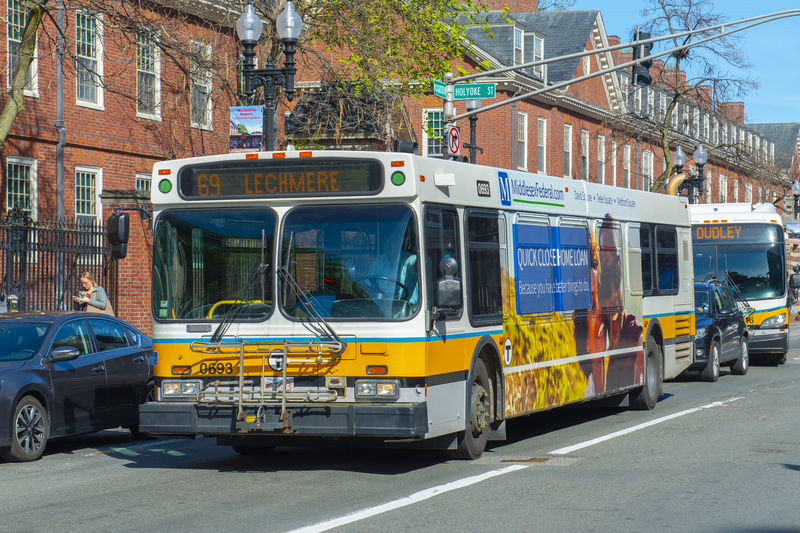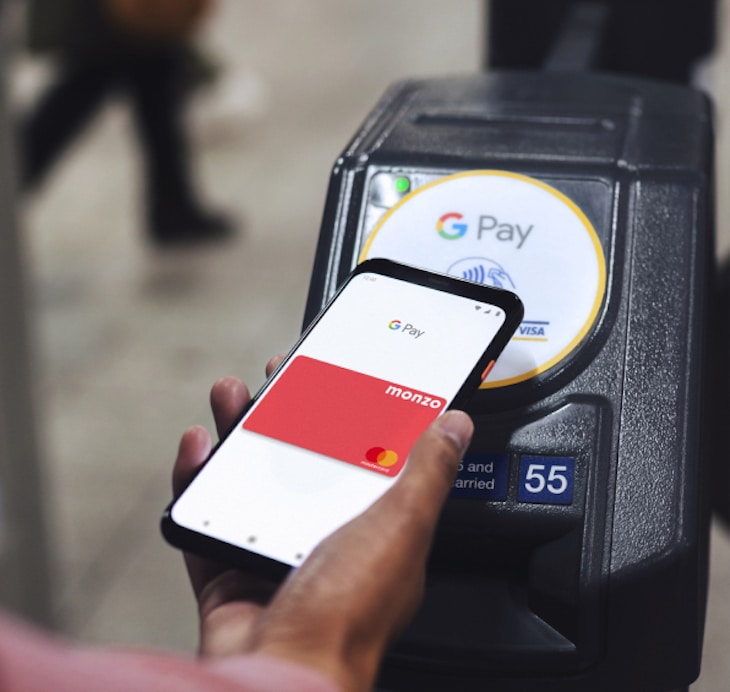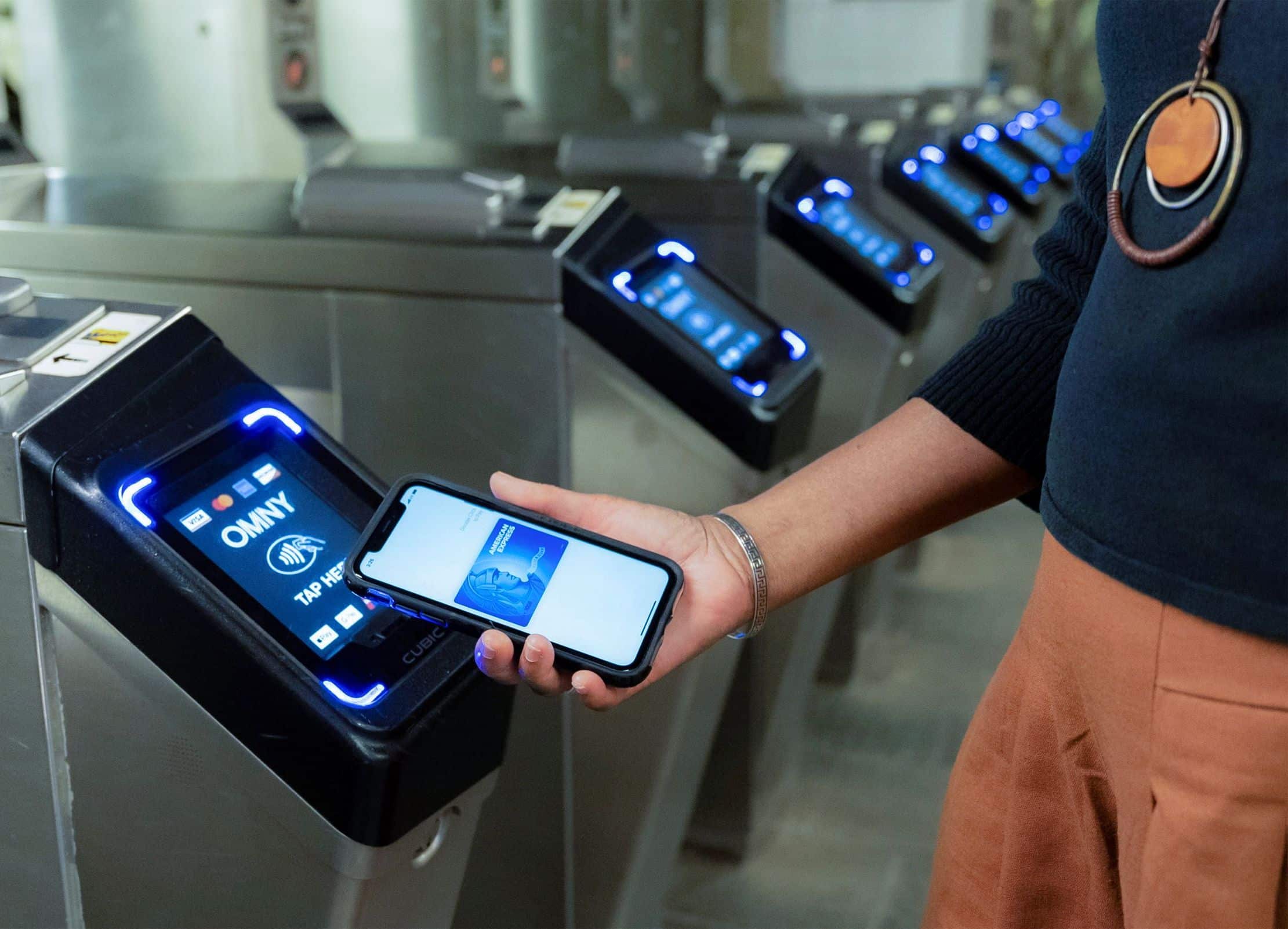
Article Highlights
Agencies that have moved to electronic fare payments need a way to accommodate customers who don’t have EMV payments cards or smartphones or don’t want to use them to pay fares. Using more retail cash reload locations and other alternatives, agencies have set goals to rid cash from their vehicles, although that is often not easy to do.
The state of California is seeking to help agencies reduce their rate of cash acceptance by enlisting fintechs to offer open-loop card alternatives and other products to accommodate the unbanked and underbanked, which officials estimate make up 25% to 30% of the state’s population.
• MBTA
• Transport for London
• MTA
• Caltrans
• Dayton RTA
• RTC of Southern Nevada
• National Express
• Masabi
• Square Inc.
In the wake of the Covid-19 pandemic, elimination of cash has taken on greater urgency for transit agencies. Fare-collection system suppliers say they are seeing strong demand for cashless options, including linking their mobile ticketing and contactless closed-loop card products to retail networks where customers can use cash.





















